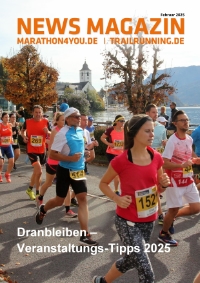marathon4you.de
Nothing is impossible (english Version)
A duckbill and a name like a monkey
We race on a track at 300 kilometers an hour towards Kyōto which is 540 kilometer from Tokyo. Looking like a duckbill and a name that sounds like a monkey, Shinkansen, (also known as “bullet train”) are the high-speed trains that connect Tokyo with most of the country's major cities. The opening of the line in 1964 coincided with the Tokyo Olympic Games, a visible symbol to the world that Japan had emerged from the dark days of the war and post-war depression. The Shinkansen is known for its punctuality, comfort and safety, having never had a single fatal accident in its history. Thanks to the Japan Rail Pass, the Shinkansen can also be a very cost effective means of travel.
We are firmly pressed against our seats as the train accelerates like an airplane. The “flying” train lays like a motorbike into the turns. I fantasize that the high-tech future is beamed into the glorified past, from the 21st Century into the Kyōto of 794. Over a thousand years ago, Kyōto was the capital of Japan, and the residence of the emperor. In my imagination I see geishas, temples and monks.
The countryside flies past. I can see to my left, the Pacific and to my right, the Japanese Alps. We are served coffee. In coach number 14, we are almost alone other than a man, of course, in a pin-stripe suit, working on his laptop. For him it’s a daily trip. For us it’s a journey into another world.
Further back someone coughs into their surgical mask. We want to make up for some lost sleep, but I might miss something. Suddenly, and unexpectedly we see it, just for a split second, Japan's landmark, the picturesque 3,776 meter Mount Fuji, glinting in the sun. Even before Kay could take off the protective cover from the camera, it had disappeared again behind the clouds. This awesome, majestic mountain covered in snow reminds me of our recent holiday in the Alps. But, this is a sight I'll never forget. Here one of the oldest poems ever written by the Man’yōshū:
From the bay at Tago
I see, when gazing out,
Pure white-
On the heights of Fuji's peak-
The snow has fallen.
Our train arrives at its destination in the old imperial city Kyōto. The sun is shining and a brisk and cold wind greets us.
Our expectations of wealth, culture, history and nature are soon deflated. We are greeted by a modern railway station, a television tower, post-war buildings from the 70s and a crowded tourist center. No temple in sight and where are the Gods?
After we figure out the bus timetable, we hop onto a bus that takes us to all the renowned tourist attractions of the seventh-largest city in Japan, Kyōto. Now we can get our first impression of the city, and low and behold, the real McCoy. Like a string of pearls, we pass temple after temple. Not surprising, because in Kyōto there are 270 Buddhist temples and 1,600 Shinto shrines, 17 of which are on the Unesco world heritage site.
I see this man, lost in thought. He could be 100 years old. So this is where all the elderly live, the 100s and over.
We get off the bus at the Kiyomizu-dera temple. In the travel guide is states, that the Kiyomizu-dera temple is one of the most celebrated in Japan. 1300 years old, this temple was chosen by Unesco as a world heritage site in 1994. This is a place of worship, peace and magic! Outside a leaf blower roars. The temple teems with school children. The students are wearing uniforms. Each school has its own uniform and emblem. They all look the same and the only thing that makes one stand out from the other are the brand school bags and shoes. The boys wear black suits with gold buttons and the girls wear skirts.
A few steps away from the temple, I see a man exercising Tai Chi. Suddenly frantic agitation. I count eight men in dark blue suits. They all look very important. Everyone wants to help. One of the men guides the ambulance to an injured person, the other 7 look on. The popular expression “jump of the terrace of Kiyomizu” is the Japanese equivalent of “take the plunge,” and at Kiymomizu it means that if one were to jump (it is 13 meters down) and survive, ones wishes would come true! Jumping has been prohibited here, though it was once popular during the 19th century. 234 jumps are documented of which 15% were not successful! It would appear today that the commotion is only a practice rescue operation. We move on.
The Castle Nijō-jō built in 1603 as the Kyōto residence of Tokugawa Shōgun, the first Shōgun of the Edo Period. The castle was built of cedar wood. At the entrance to the living area, we change our shoes for slippers and immerse ourselves in its history.
Surviving in its original form, the palace consists of multiple separate buildings that are connected to each other by corridors with so called nightingale floors, as they squeak when stepped upon as a security measure against intruders. Our stomachs growl with hunger! I feel like a monk at a meager meal. Monks used to suppress their hunger by placing heated stones under their clothes.
We are heading to the world famous Zen garden Ryōan-ji. This rock garden was built around 1473.
Here you could spend hours absorbed in the sight of the grounds. The garden is rectangle of 340 square meters. Placed within it are fifteen stones of different sizes, carefully composed in five groups; one group of five stones, two groups of three, and two groups of two stones. The stones are surrounded by white gravel, which is carefully raked each day by the monks. The only vegetation in the garden is some moss around the stones. Many different theories have been put forward about what the garden is supposed to represent, from islands in a stream to swimming baby tigers to the peaks of mountains rising above the clouds to theories about secrets of geometry or of the rules of equilibrium of odd numbers. Garden historian Gunter Nitschke wrote: "The garden at Ryōan-ji does not symbolize anything, or more precisely, to avoid any misunderstanding, the garden of Ryōan-ji does not symbolize, nor does it have the value of reproducing a natural beauty that one can find in the real or mythical world. I consider it to be an abstract composition of "natural" objects in space, a composition whose function is to incite meditation. Garden art was for the Shōguns of ancient Japan a political strategy. They built elaborate gardens for their provincial rulers so that they could not longer afford a war.
There it is, the Kinkaku-ji temple, even if it is only a reconstruction. Back in 1950 an arsonist destroyed this temple leaving only ashes as a reminder of what used to be. Click, click, click! Minolta, Nikon, Panasonic, Canon, and of course iPhone. There is no better known photo motive.
We are blessed for a moment by the sun Gods, as a ray of sunlight falls over the golden temple that is majestically reflected in the lake. One needs time to explore the temples and gardens of Kyōto, something we do not have. We must now return to Tokyo.
Exciting days with an exciting marathon lie behind us. After a final breakfast at the hotel, with Haile Gebrselassie at the next table, we leave the hotel.
The Shōgun elevated Williams to Samurai status and forbade him to ever leave Japan. But, Williams did not want to be stuck in one place, so he organized a new expedition to explore the Northeast Passage, this time from Japan.
I look out of the window of the A380, the snow is falling. Our machine rises high above the clouds into the sun. Below us we fly over Siberia and the Arctic Circle. We will soon be back in Frankfurt am Main.
Summary: In 1870, Europeans were given the task to document East Asia’s culture. We pressed the trigger of our camera approximately 2,500 times. In this article we have presented 600 photos of our trip. What we had not anticipated occurred: Tokyo was more exciting than expected, and is highly recommended for people who want to experience more than just a marathon. Isn’t that why we travel abroad, for those moments where life is bizarrely familiar, but yet different? Such opportunities are priceless





 Tokio Marathon
Tokio Marathon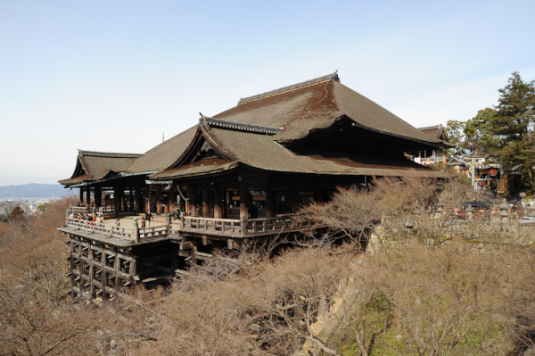

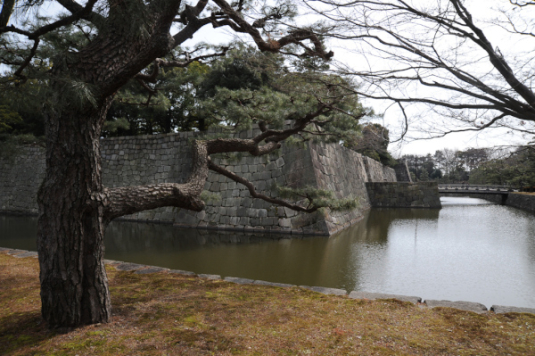
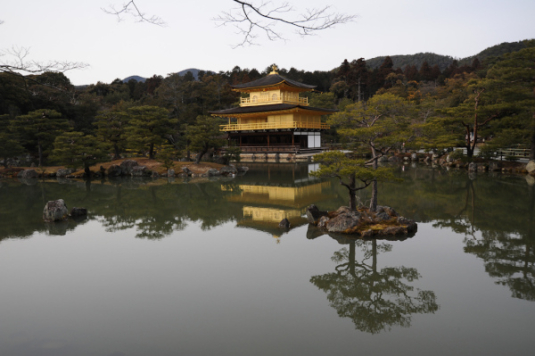
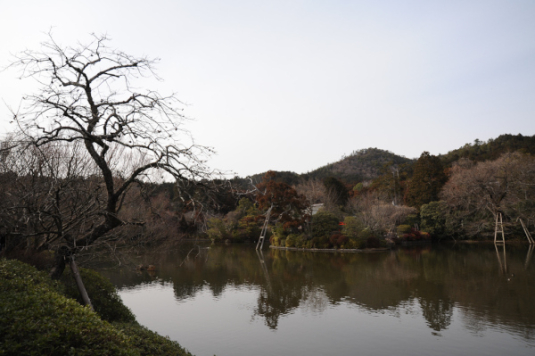





 zur�ck zur �bersicht
zur�ck zur �bersicht


















